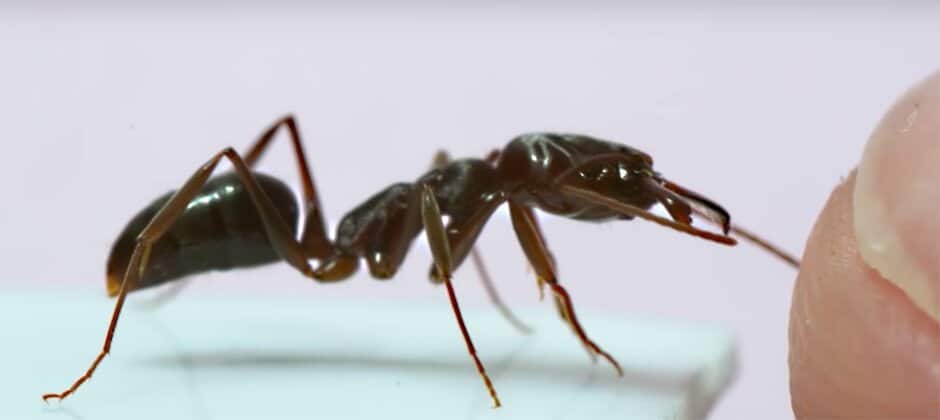Share this article
What can a viral ant bite teach about communicating science?
When North Carolina Museum of Natural Sciences researcher Adrian Smith posted video of himself getting bitten by a trap-jaw ant in his lab, it wound up being used by the Animal Planet show “How Do Animals Do That?” The licensing fee funded a summer resident assistant’s stipend. But the experience also provided a lesson, Smith says.
“Until then, I had focused on imparting the ends of my scientific pursuits — the research results — but had overlooked opportunities to get across the fundamental, and often more exciting, aspects of my research: the initial experiences and observations,” Smith writes in Nature’s Career Community. “I realized that I had more research stories to tell, beyond just the final results. So, I switched on my high-speed camera and stuck my finger in front of a trap-jaw ant.”
The bite didn’t hurt, but it did go viral. The research may never lead to publication, Smith writes, “but expanding my science-communication efforts to pass on more than just the end products of my scholarly work has added a lot of value to what I produce as a scientist.”
Read his column here, and watch the video below.
Header Image: Adrian Smith, head of the Evolutionary Biology & Behavior Research lab at the North Carolina Museum of Natural Sciences and a research assistant professor in biology at North Carolina State University in Raleigh, captures video of a trap-jaw ant biting him. ©Ant Lab via YouTube








